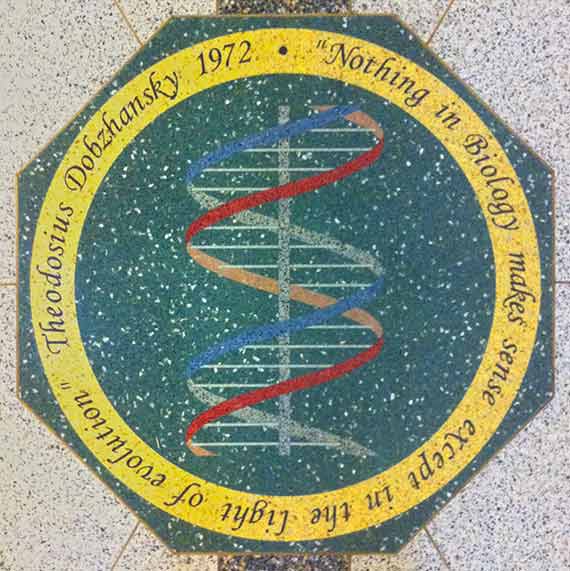Neuroscience is trendy
Neuroscience promises to deliver something even more amazing and, as such, it is almost our duty to use major means (mostly technological but also media) to promote everything that has to do with it. We are paying today for the promissory notes it is issuing for tomorrow. Neuroscience assumes (and this is not a small thing) that you are basically your mind and that your mind can only be your brain. In the end, its goal of understanding “how the brain works” means reaching the horizon that leading thinkers across the centuries have been chasing after. And now, in the early 21st century, finding out who you are using confocal microscopy seems to be the key to this great mystery. Or so it seems…
However, before there was a “how” there was a “why” and, before that, there was a “what for.” Our brain, about three pounds of gray matter that make us shine individually, basically evolved to move the body and to do it increasingly better; to move efficiently (find food) and flexibly (not be eaten). Everything else is a footnote. An exotic and beautiful complication. In other words (and paraphrasing the famous Dobzhansky), “nothing in neuroscience makes sense except in the light of behavior.”

It turns out that the behavior of animals is not the same as the behavior of their brains; instead, it results from the processes that derive from the interaction of neuronal activity, body biomechanics and environmental conditions. To say it more clearly: to understand our brain we need to understand our behavior; however, to understand our behavior it is not enough to understand our brain. We need to truly integrate it with our body and, consequently, with the world. Neurons without muscles are almost dumb; muscles without a world are like senseless voices.
It is not all about technology
Recent advances have undoubtedly resulted in the emergence of Big Tools that enabled us to enter the era of Big data. As a consequence, this technological deployment (and its explanations based on interventionist causal links, with its reductionist views) seems to make detailed and integrated behavioral studies and the search for their underlying rules less important, maybe even dispensable. However, locating neuronal circuits that are needed and sufficient for a specific behavior is not a shortcut for the proper study of behavior itself. When you cut a TV’s cable, the image disappears. If you are skilled enough to fix it with tape, the image returns. Does this mean that the cable explains the image? Or even worse: Does this prove that the image is the cable? Let’s not forget what Woese said: “without the proper technological advances the road ahead is blocked. Without a guiding vision there is no road ahead.”
As a result, we can defend a plural view of neurosciences where the dissection of “processors” bears fruit when it comes after carefully decomposing the “processes” (Krakauer et al.). Some ostriches have feathers. So do birds. How can we deduce that birds’ feathers are used to fly by performing a thorough study of their properties? Why are submarines shaped like sharks? Striving to look for principles of animal behavior in multiple species may offer a unique and in-depth view of their neurobiology, ecology and evolution.
To finish, let’s quote Gallistel: “No Mendel, no Watson & Crick.” It should be stressed that most of “life’s molecular view” as nurtured in the second half of the 20th century seemed devoted to invert the argument. It has been often said that the DNA is the secret of life, that we firmly believe that neurons are the secret of the mind. Are they? Maybe. But without your body, you are nothing. This is probably the most honest challenge of neuroscience nowadays: accounting for the sense of what’s neuronal through what’s related to the body.
Bibliography
- Dobzhansky, T., F.J. Ayala, G.L. Stebbins & J.W. Valentine (1993). Evolution. Omega, Barcelona, Spain.
- Woese C. R. (2004). A new biology for a new century. Microbiol Mol Biol Rev, Vol. 68, pp.173-186.
- Gallistel, C. R.(1980). The organization of action, a new synthesis. New York : distributed by Halsted Press, 1980.
-
Krakauer J.W., Ghazanfar A.A., Gomez-Marin A., MacIver M.A., Poeppel D. (2017). Neuroscience needs behavior: correcting a reductionist bias. Neuron 93:3 480-490.
Comments on this publication